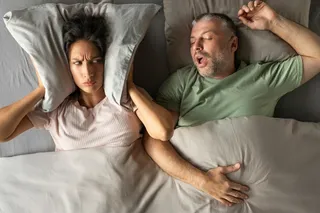Around two years ago, a former high school science teacher was walking in the woods near Atlanta, Georgia when she came across a common, yet striking mushroom. Many folks are familiar with this fungus, with its distinctive firetruck-red cap speckled by white dots, called the fly agaric or Amanita muscaria. It’s technically poisonous, but while very rarely deadly, it can cause uncomfortable nausea and seizures. It’s also psychoactive, triggering a range of hallucinations that can be stimulating or sedating, depending on the person.
The teacher, who uses the pseudonym Amanita Dreamer, had been planning for this walk to be her last. After years of struggling on prescription benzodiazepines, she made a plan to end her life. But intrigued by this strange toadstool, she took it home, researched it online and then took about 15 grams in a tea after dehydrating it.
“That was probably that natural substance I had been ...














